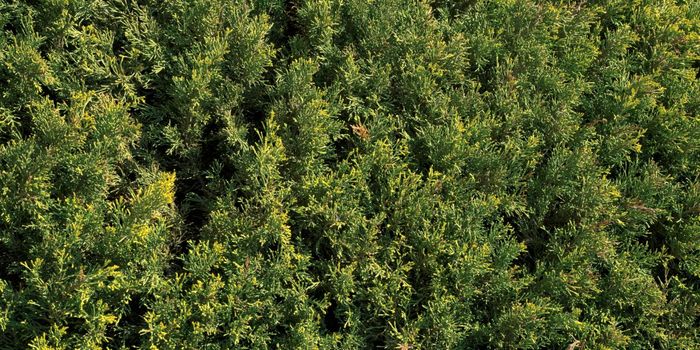Surprisingly, human nose adaptations are not always driven by colder climates
A common question throughout anthropology is, what makes us human? There are, of course, a million physical and cultural traits that make us human, and one of these traits is the variation in the shape of our noses. For decades, scientists have thought that the variation in human nose shape was driven by colder climates. Nose shape was hypothesized to be an adaptive force, where the nasal region played a key role in thermoregulation and moisture retention in humans. As such, it had been thought that narrower noses aided in increasing the surface area to volume ratio which helps to facilitate thermoregulation in colder climates. The opposite was thought to be true for warmer climates—a wider nose helped decrease the surface area to volume ratio.
However, new research by Cathy Ngoc Han Tran and Lauren Schroeder, both from the University of Toronto Mississauga, found that adaptations in the nasal region may not actually be due to colder climates. Instead, the tendency for nasal adaptations is a shared trait among human populations.
Evolutionary approaches to studying human body parts have long been used, and many studies have found that there are geographic correlations between human bodies and specific populations. Moreover, recent work (as shown in the video below) has suggested that nose shape is an evolutionary trait. Based on these ideas, the authors hypothesized that genetic drift—or the variation in frequency in a particular trait among a certain group—would exist in populations from colder climates, not those from warmer climates.
The nose shape—taken from measurements performed on human skulls representing 28 populations—was studied via a variety of statistical analyses aimed at testing genetic drift. Results suggest that while deviations from the expectations were greatest in cold-climate populations, all populations resulted in significant deviations. As such, the inclination for nasal adaptations is found across all human populations, not just those living in cold climates as was expected. Thus, the variability in nose shape across human groups suggests that adaptive nasal function is a common and important trait among different populations.









